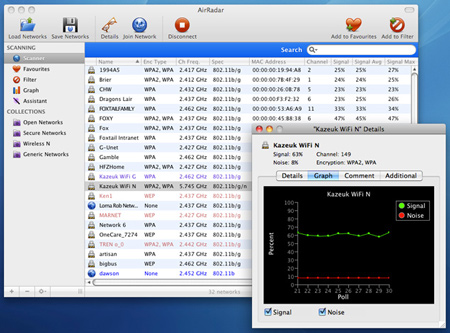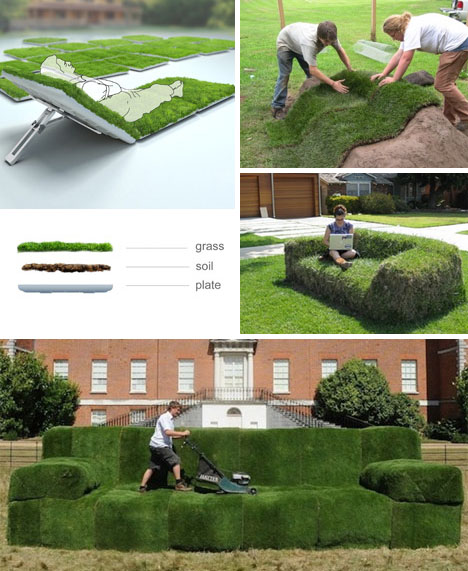

You want to make sure it’s set for optimum grass growth-proper drainage and full of the right nutrients. Test the soil: Always test your soil first.

If you opt not to hydroseed, whether you think it’s too difficult to DIY or don’t want to pay to hire a professional, you can plant seed the old fashioned way. Because of the built-in fertilizer, hydroseeding helps your grass grow quickly. You may look into hydroseeding-an efficient planting process that involves spraying a slurry of grass seed, fertilizer, water, mulch, and wood fiber through a high pressure hose. There are several options for planting grass seed.

In general, warm-season grasses have vigorous growth from mid-to-late spring through early fall and go dormant in the winter. Warm-season grasses grow best in regions with hot summers and mild winters, including the Deep South and Southeast. It’s important to make the correct choice, or you may see your grass grow quickly, then falter, then fail. To get the best, fastest grass growth, you need to pick the ideal grass for your local climate-whether it’s a cool-season grass, warm-season grass, or a transitional grass type. Understanding your grass type is a crucial, fundamental step in the grass growing process.


 0 kommentar(er)
0 kommentar(er)
